
Statins warning: new research confirms these harmful side effects

A recent large-scale study has brought fresh attention to the relationship between statin use and tendon-related issues such as tendonitis and tendinopathy. Researchers analyzed data from a very large group of people to determine whether those taking statins were more likely to develop tendon problems than those who were not. The results suggest that there is a meaningful connection—especially during the early stages of statin therapy. The study also reveals that some statins may be more strongly associated with these side effects than others. Additionally, it highlights how a person’s metabolic health plays a major role in overall tendon integrity.
🔗 The Statin–Tendon Connection: What the Research Found
For years, patients and doctors have questioned whether statins—commonly prescribed medications for lowering cholesterol—might contribute to tendon irritation or injury. Tendons, the tough bands of tissue that connect muscles to bones, can become inflamed or weakened, leading to painful conditions like tendonitis and tendon degeneration (tendinopathy).
Statins, although highly effective at reducing cardiovascular risks such as heart attacks and strokes, have long been known for possible side effects involving the muscles. Tendon symptoms have been harder to pin down, with previous research showing mixed and sometimes conflicting results. Some studies suggested higher rates of tendon issues or even tendon ruptures, while others indicated no increased risk at all.
To help settle the debate, researchers pulled data from 84,000+ statin users and more than 168,000 non-users—a massive sample size. They looked at whether statin users were more likely to develop tendon conditions such as trigger finger, tennis elbow, rotator cuff tendinopathy, and Achilles tendon issues.
The findings were striking:
➡️ Statin users had a 43.5% higher chance of developing tendinopathy compared to people who were not taking statins.
That’s a significant difference, and it confirms that tendon-related side effects are not simply anecdotal—they’re measurable.
🤔 Are Some Statins More Problematic Than Others?
The study also compared specific statins to see which ones were most strongly associated with tendon problems. The main statins examined were atorvastatin, rosuvastatin, and simvastatin.
Here’s what the researchers found:
📌 Atorvastatin & Simvastatin
These two showed the highest overall rates of tendinopathy, appearing consistently across most tendon-related conditions.
📌 Rosuvastatin
Rosuvastatin showed mixed outcomes:
-
Higher risk for trigger finger, elbow tendinopathy, and shoulder tendinopathy
-
No significant increase for de Quervain’s tenosynovitis or Achilles tendinopathy
📌 All Other Statins Combined
Even when grouped together, other statins still showed significantly elevated rates of tendon problems.
🧩 Bottom line: Regardless of which statin is used, there appears to be some level of increased risk for tendon issues.
🤔 Does Duration of Statin Use Affect Risk?
You might assume that the longer someone takes a statin, the higher the risk becomes. But the study found something quite surprising.
Researchers looked at the cumulative defined daily dose—the total amount of medication taken over time—and discovered:
➡️ Statin users had a higher rate of tendon issues regardless of total dosage.
However, the timing of symptoms tells an important story:
-
First 3 months: Risk was 134% higher
-
3–6 months: Risk was 121% higher
-
After 6 months: Risk dropped to just 12% higher
This suggests the body may react most strongly when statins are first introduced. Past the early months, many people may adapt, and risk gradually levels off.
🎯 Balancing Benefits and Risks
All medications involve weighing potential benefits against possible side effects. For individuals at high risk of cardiovascular events—such as those with diabetes, previous heart attacks, or significant plaque buildup—statins can be life-saving.
But for people who are not high-risk, the choice to start a statin can be more nuanced. Some individuals may decide to focus on lifestyle changes first—like improving diet, increasing physical activity, or addressing metabolic issues—before turning to medication.
✅ Key Takeaways from the Study
-
Statin users face a significantly higher risk of tendon problems.
-
The first 3 months of use carry the highest risk.
-
Atorvastatin and simvastatin show the strongest link to tendinopathy.
-
Rosuvastatin shows mixed results depending on the tendon condition.
-
All statins appear to increase tendon risk to some degree.
🔥 Beyond Statins: Why Metabolic Health Matters
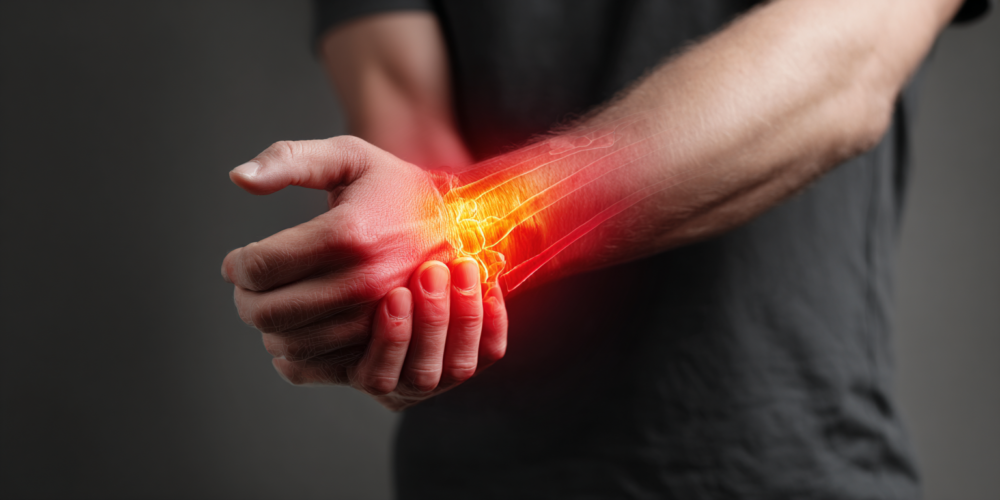
One of the most important findings from this research is that poor metabolic health can increase tendon risks just as much as—if not more than—statins themselves.
The study highlighted that individuals with metabolic syndrome are at significantly higher risk for tendon damage.
Metabolic syndrome includes at least three of these conditions:
-
Excess abdominal fat
-
Insulin resistance or impaired glucose tolerance
-
High blood pressure
-
Elevated triglycerides or abnormal cholesterol
-
High fasting blood sugar
According to the study:
-
People with metabolic syndrome had 2.5× higher risk of tendon injuries
-
Those with high hemoglobin A1c levels had a 3× higher risk
-
People with high cholesterol had a 1.5× higher risk
This means tendon problems aren’t just tied to physical strain or aging—they are also deeply connected to how your body handles sugar, fat, inflammation, and insulin.
⚙️ How to Improve Your Metabolic Health
The positive news? You have a great deal of control over your metabolic health, often without medication. Your daily habits—especially nutrition and activity—play a huge role in determining whether metabolic syndrome develops or improves.
🌱 Start with a Metabolism-Supporting Diet
Cut back on foods that worsen inflammation or blood sugar spikes:
-
Processed snacks
-
Fried foods
-
Refined carbohydrates
-
Sugary beverages and desserts
Instead, focus on an anti-inflammatory, nutrient-rich diet:
✔ Fruits and Vegetables
Packed with antioxidants, vitamins, and minerals that improve insulin sensitivity and reduce inflammation.
✔ Lean Proteins
Chicken, fish, beans, legumes, and soy help stabilize blood sugar and support muscle repair.
✔ Healthy Fats
Avocados, olive oil, nuts, seeds, and fatty fish provide omega-3s that lower inflammation and support tendon health.
Adding just one or two of these foods to each meal can create a meaningful shift in your overall metabolic function.
🚀 Get Your Body Moving
Exercise is one of the most powerful tools for improving metabolism and preventing tendon problems.
Two forms of movement matter most:
1️⃣ Aerobic Exercise
Walking, biking, swimming, or even dancing improves cardiovascular health, reduces inflammation, and boosts mood.
👉 Aim for at least 30 minutes daily.
2️⃣ Strength Training
Building muscle helps your body process glucose more effectively and increases metabolic rate.
👉 Target two to three strength sessions per week, focusing on both upper and lower body.
Even simple routines—like bodyweight squats, resistance bands, or light dumbbells—can lead to significant improvement.
✨ Final Thoughts
Statins are powerful medications with clear cardiovascular benefits, but they are not without potential side effects—including a noticeable increase in tendon-related problems. The new research helps clarify which statins pose the highest risks and when these issues are most likely to occur.
However, the study also makes it clear that metabolic health is a major part of the equation. Improving diet quality, reducing inflammation, and staying physically active can go a long way not only in supporting tendon health but also in reducing your overall need for medications.
Whether to start—or continue—statin therapy is a personal decision that should be made with your healthcare provider, taking into account your medical history, risk level, and long-term goals.
News in the same category


More Than 300 Kidney Stones: A Startling Warning About Sugary Drinks and Dehydration

Vitamins Every Senior Needs for Stronger Legs

What It Means If You Always Need To Poop Straight After Eating
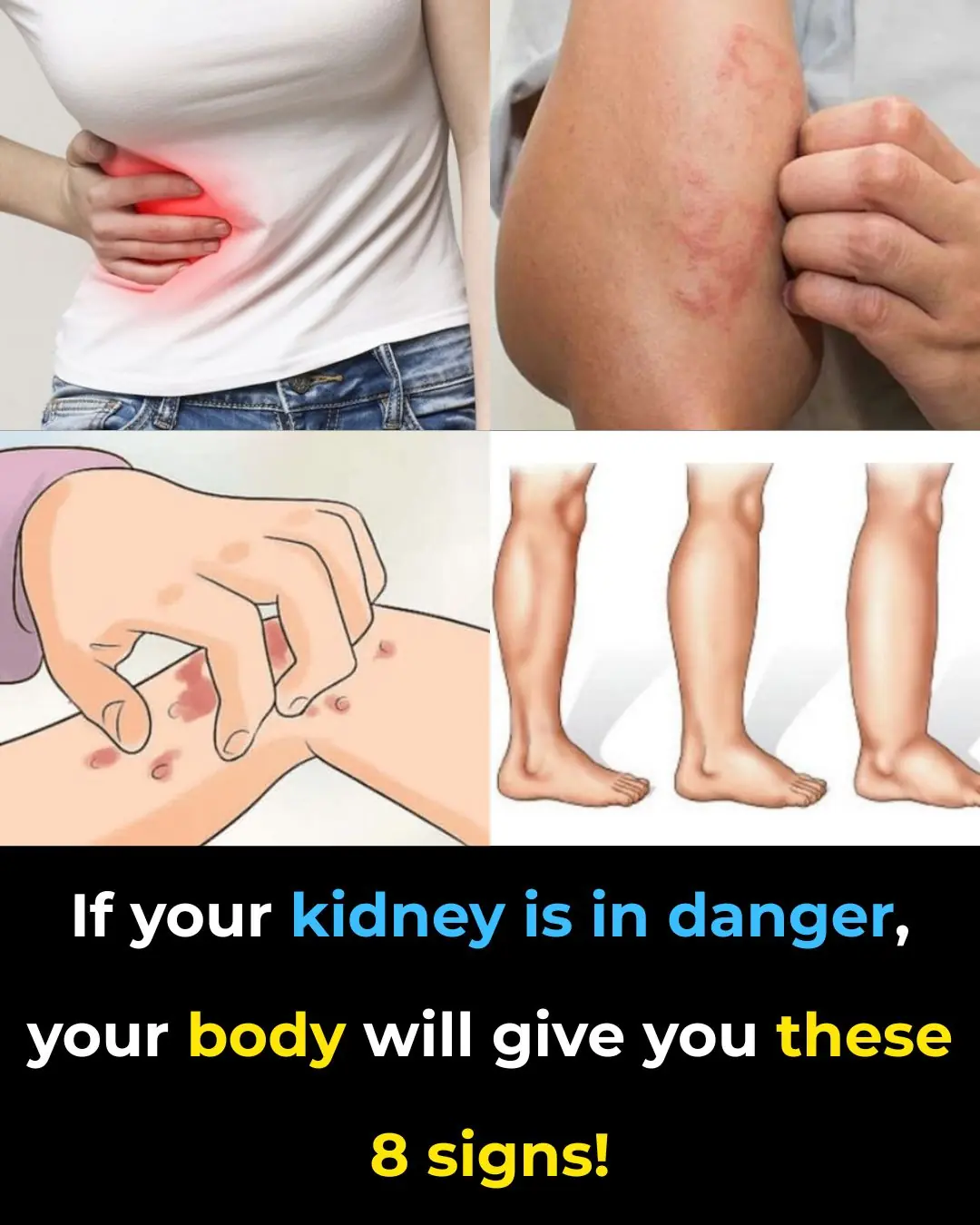
🩺 If Your Kidneys Are in Danger, Your Body Will Warn You With These 8 Signs

7 Ways To Instantly Stimulate Your Vagus Nerve To Fight Inflammation, Depression And Migraines
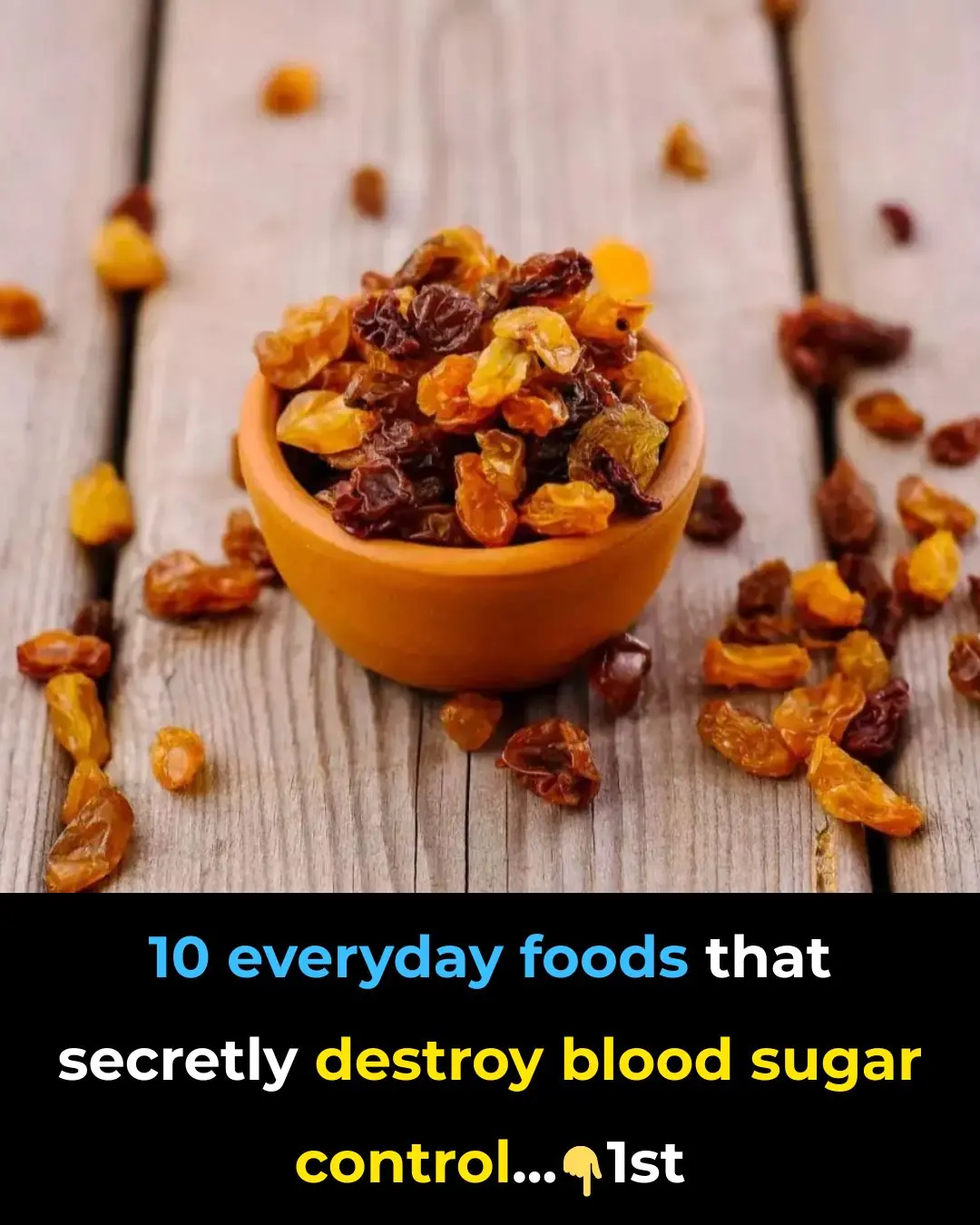
10 Worst Food for Diabetics: Top Foods to Avoid

HERE’S HOW TO QUICKLY EMPTY YOUR BOWELS AND END CONSTIPATION
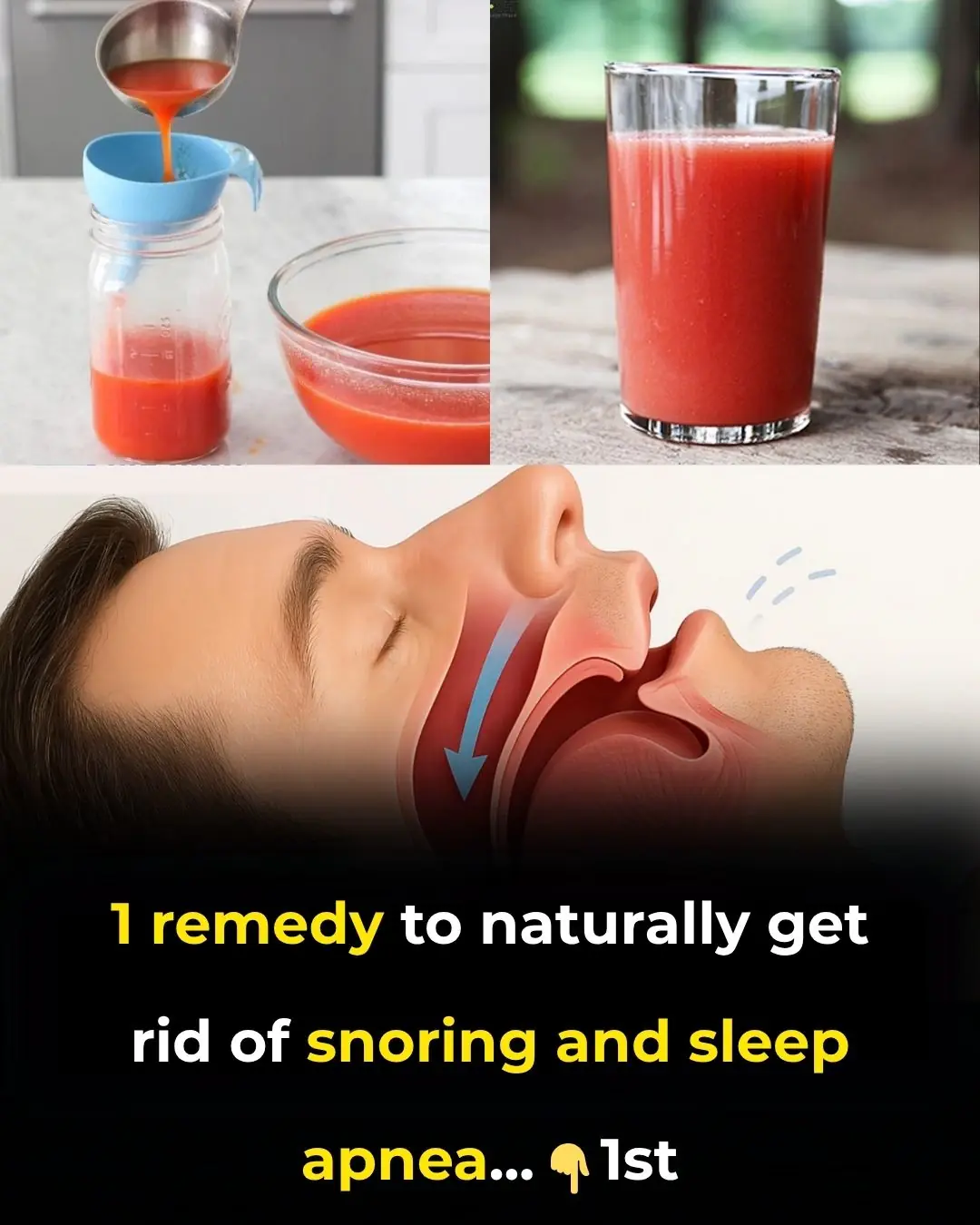
1 Remedy to Naturally Get Rid of Snoring and Sleep Apnea
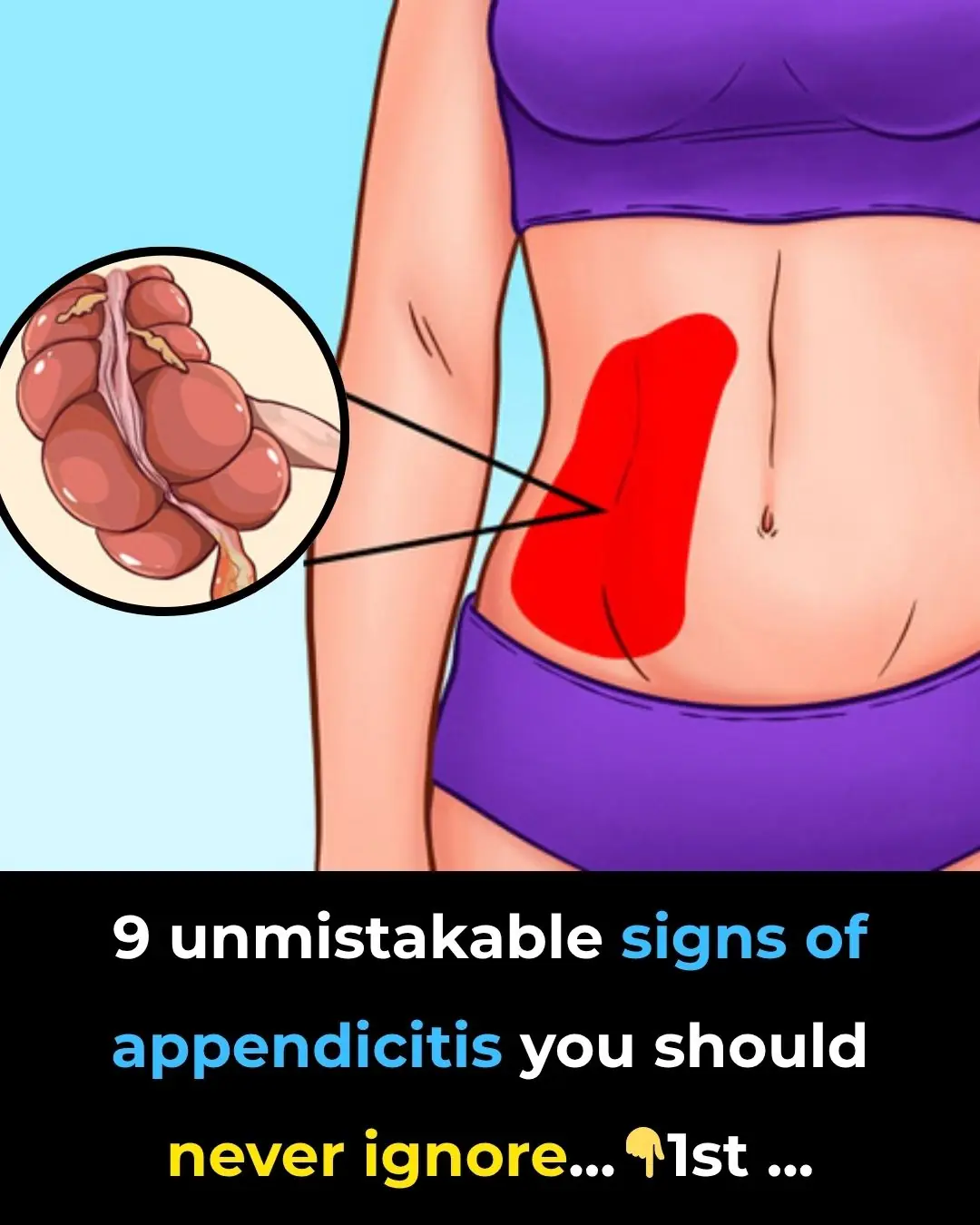
9 Unmistakable Signs Of Appendicitis You Should Never Ignore

The Hot Spoon Hack for Mosquito Bites

How to Effectively Remove a Painful Ingrown Toenail WITHOUT Having To Go To The Doctor
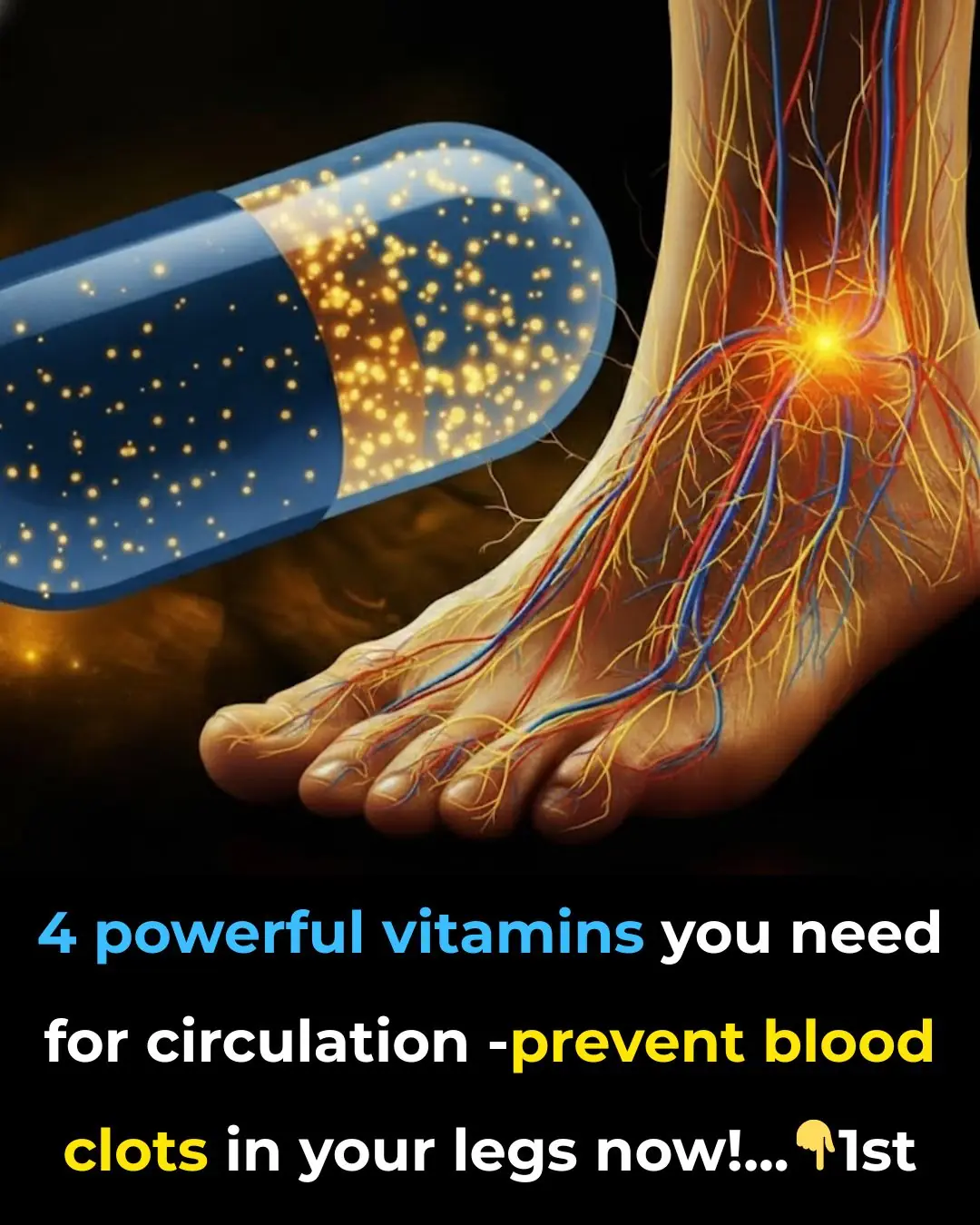
4 powerful vitamins you need for circulation – prevent blood clots in your legs now!

Too Friendly for Police Work, Perfect for Your Home: Adopt Former Service-Dog Trainees

Stem Cell Breakthrough Restores Natural Vision by Regenerating Damaged Corneas

COVID-19 Infection Poses Far Greater Health Risks Than Vaccination – New Large-Scale Study Confirms

A Newly Discovered Protein Switch Could Transform Cancer Treatment
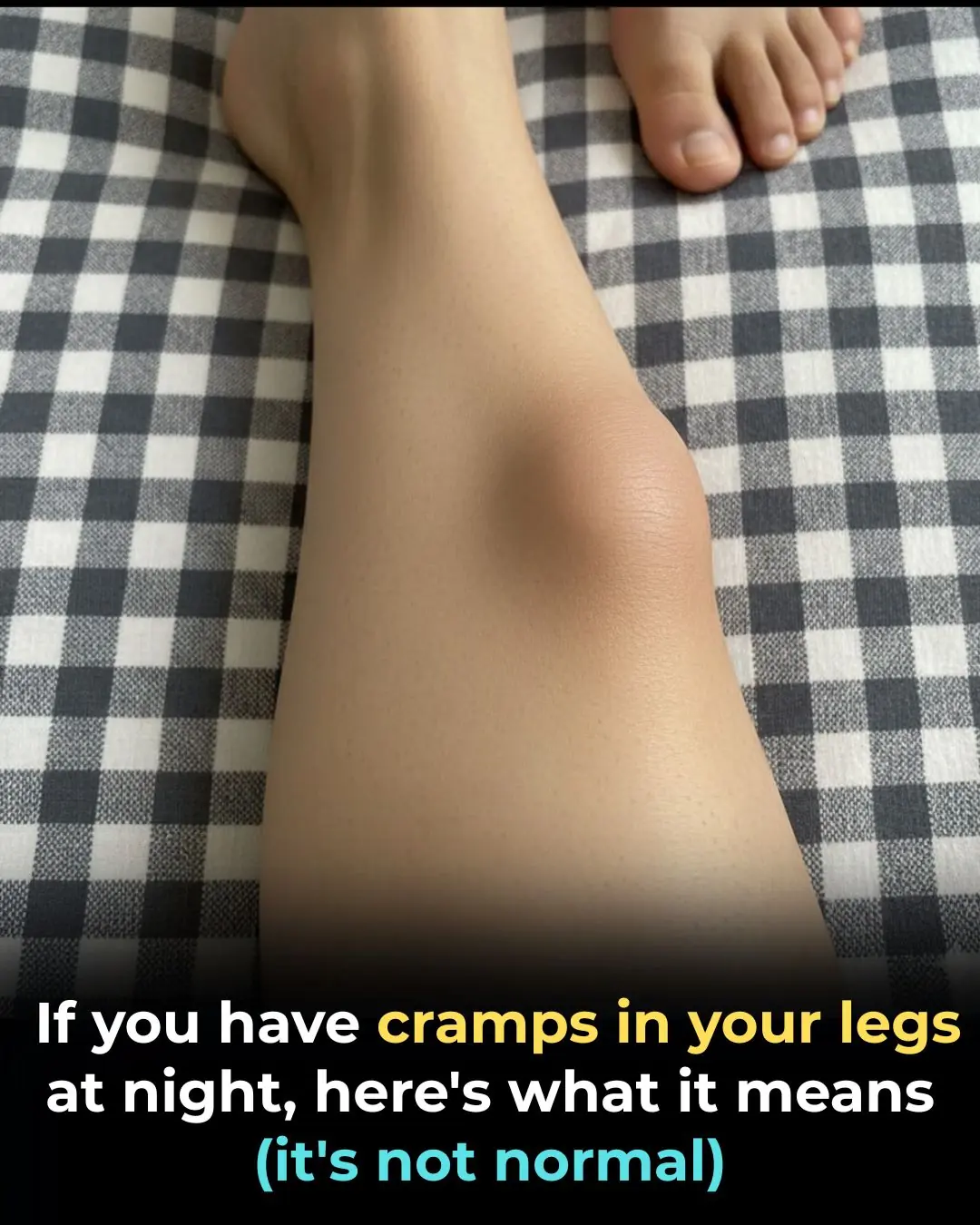
When Nighttime Leg Cramps Become a Concern

7 tips to eliminate dangerous blood fat
News Post

These 11 simple mistakes are giving you false high blood pressure readings – doctors confirm

More Than 300 Kidney Stones: A Startling Warning About Sugary Drinks and Dehydration

Vitamins Every Senior Needs for Stronger Legs

What It Means If You Always Need To Poop Straight After Eating

🩺 If Your Kidneys Are in Danger, Your Body Will Warn You With These 8 Signs

7 Ways To Instantly Stimulate Your Vagus Nerve To Fight Inflammation, Depression And Migraines

10 Worst Food for Diabetics: Top Foods to Avoid

HERE’S HOW TO QUICKLY EMPTY YOUR BOWELS AND END CONSTIPATION

Masterful Painting Of Jesus By 8-Year-Old—Says She Saw The True Face Of Jesus

1 Remedy to Naturally Get Rid of Snoring and Sleep Apnea
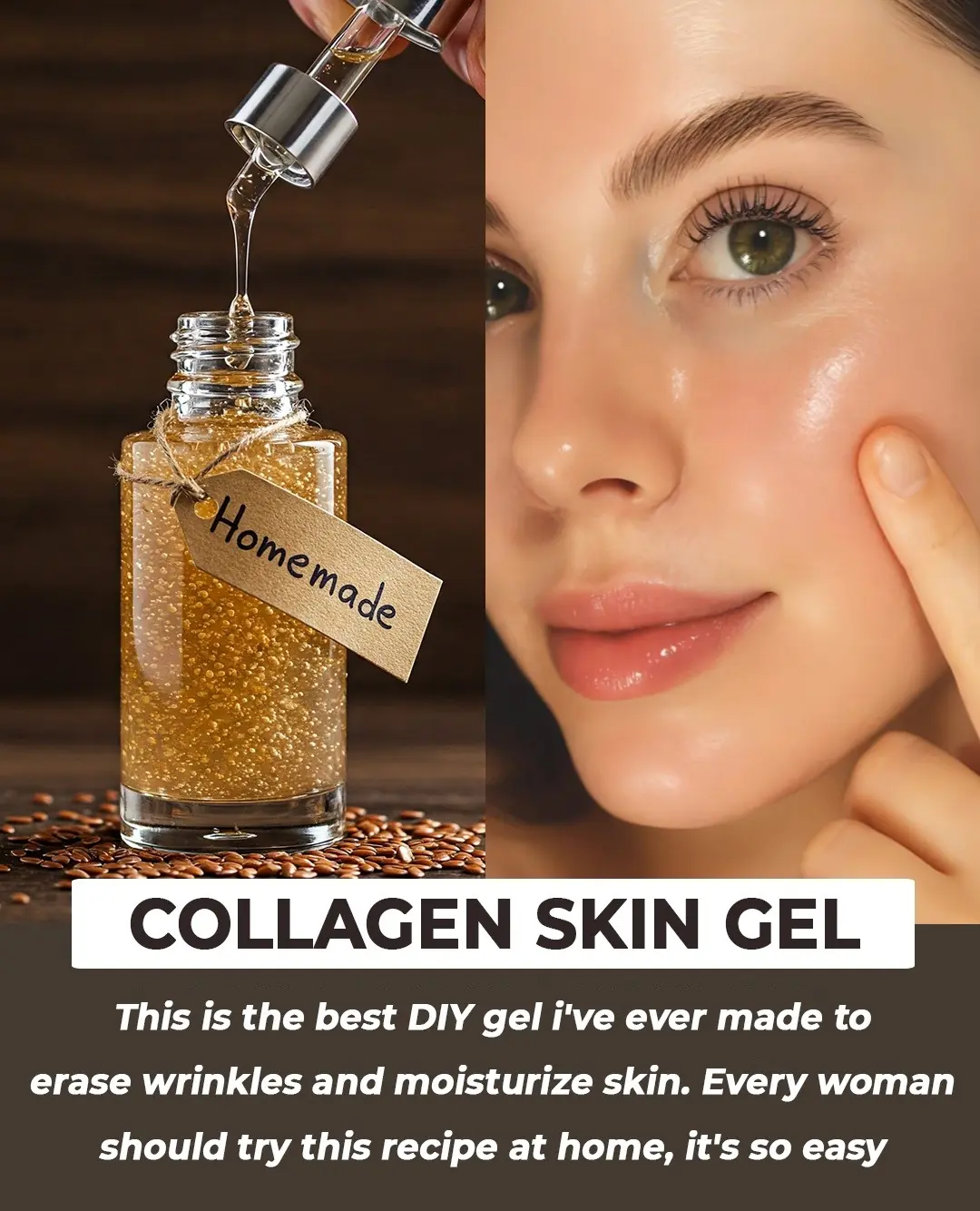
Unlock Radiant Skin: Your Comprehensive Guide to Homemade Flaxseed Gel

Can You Really Reverse Grey Hair? The Truth Behind Natural Remedies and Modern Treatments
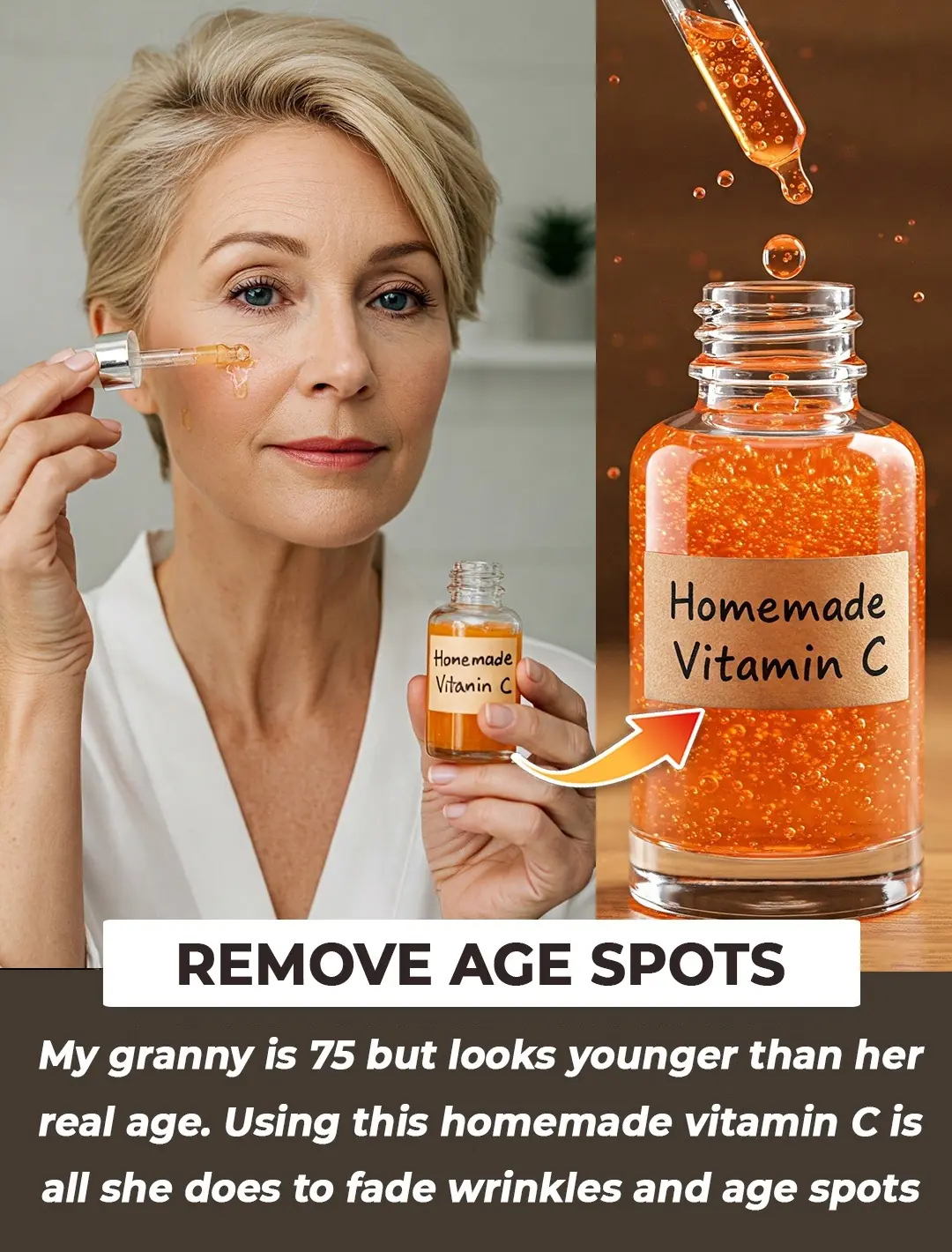
Homemade Vitamin C Serum: Your DIY Secret for Clear, Radiant Skin
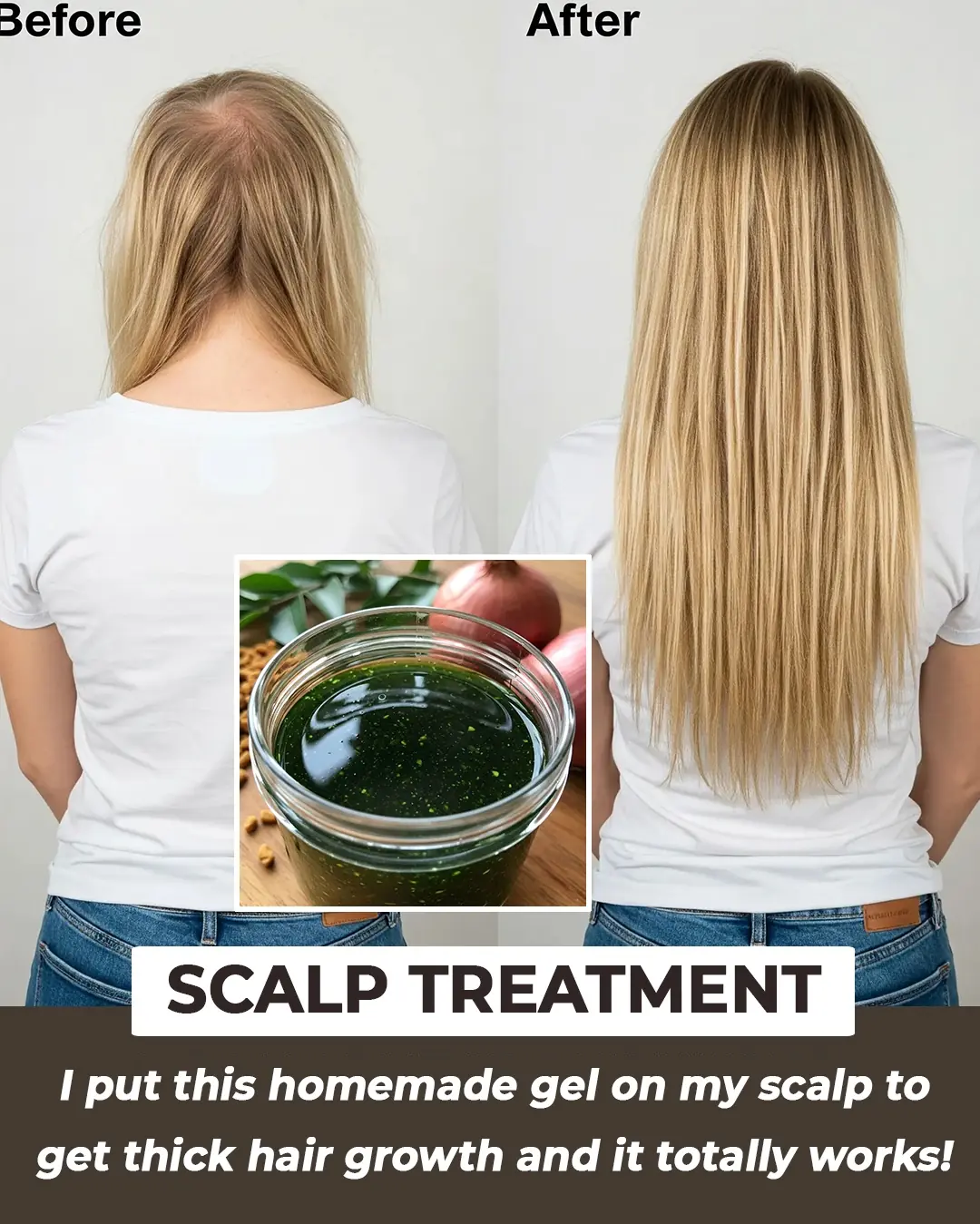
Homemade Tonic For Thick Hair Growth

Richard Gere reveals what he misses most after ditching the US for Europe

Flaxseeds Gel Night Cream To Prevent Early Signs Of Aging

Best Anti-Ageing Cream with Vaseline and Tomato

The Ultimate Guide to Dark Lips Treatment at Home: A Simple 3-Step Routine for Pigmented Lips
How to use Onion juice & Onion Hair Oil for Hair Growth – Onion Benefits for Hair
